Getting back into Underwater Photography with an E-M1
By Thomas Streng
Hi there,
In spring 2014 I decided to go for a dive-vacation, after 10 years not diving at all and I wanted to bring a camera underwater.
In earlier times I had used a Nikonos V camera setup with film. But this time I decided to want the advantages of digital for underwater photography. I own several camera-systems for “land” photography already, including FF-DSLR, rangefinder and micro4/3 as well as a compact RX100. But which was the best system for my underwater needs?
My criteria were:
- A fast AF-system – fishes can be fast
- A fast flash synch – under water you often have a mix of natural light and flash (to get the colors). So if you want to shoot moving subjects with flash you want a fast synch speed
- Good wide-angle lenses – because that’s what you want underwater to keep the distance short between you and the subject
- It should be easy to control underwater – especially fast access to ISO, F-stop, Exp-comp and WB
In the end I decided to use my Olympus EM1 since it seemed like the best compromise for me, offering more speed and options than a compact, but being less bulky and expensive than FF-DSLR and their underwater housings. Also M43 offers nice lenses for underwater use (I have used the Panasonic 8mm Fisheye, the Oly 9-18mm and the Oly 12-40mm). Other great lenses for underwater should be the 7-14mm and the 60mm Macro.
There are a couple of options for EM1-underwater housings. I decided for a Nauticam-Housing: It is solid, has handles included where you mount the flashes, and for my hand size it allows really good access to all important functions. Aquatica, Subal, Olympus and others also offer very nice housings. I included a vacuum valve system. You suck a low pressure in the housing before you go underwater and a green light indicates that the housing doesn’t leak. This gave me some mental “freedom” underwater.I combined the housing with a 100mm glass Dome for the 8mm FE and a 170mm glass dome (ZEN) for using the 9-18mm and 12-40mm lenses.
The 12-40mm is not a typical underwater lens, because most people use either ultra-wideangle, Fisheye or Macro lenses. But for me the 12-40mm in combination with a Dome offers great flexibility. You get 12mm wide-angle which is fine for many things, and you can get pretty close at the 40mm end, close enough for Fish-portraits and other smaller creatures. That’s why the 12-40mm became the lens I have used most often. As flash I used 2 Sea & Sea YS-D1.
Finally we went for our dive trip to Zakynthos, a wonderful Greek Island. You don’t have as many and big fishes as in the Red Sea or on the Maledives, but it’s a beautiful underwater landscapes, many caves and interesting creatures. I did 15 dives during that trip and really enjoyed the time under water. My #1 goal was to enjoy the dives – so getting good images was “just” #2. I mention this because I have met people who told me they were so busy with their camera that they could not really enjoy the dive and underwater environment.
The EM1 in the Nauticam housing has worked very well. I believe m43 is great for underwater photography. It handles quite easy and allows good image quality.
Here are some of the results, I hope you like them. You can find more images here https://www.flickr.com/photos/111665084@N07/sets/72157646745077278/
I encourage every diver who hasn’t been underwater for a longer time: Go out and dive, it´s fun.
Kind Regards, Tom

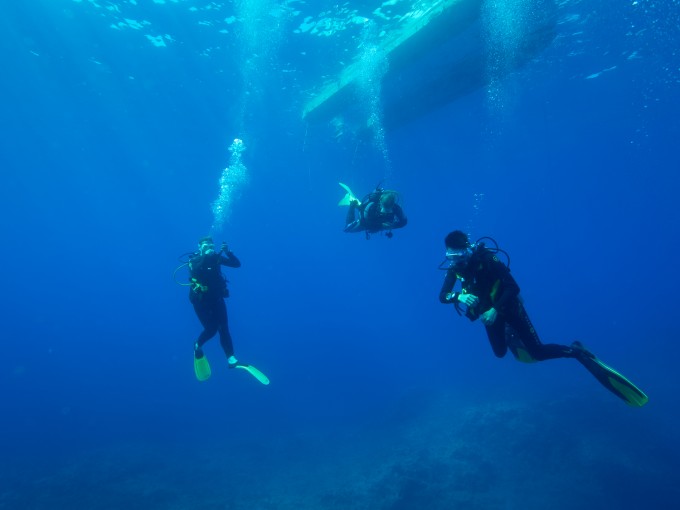
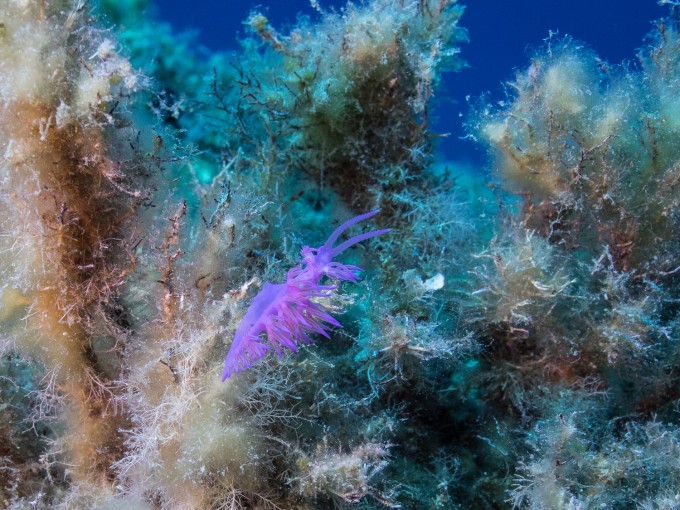
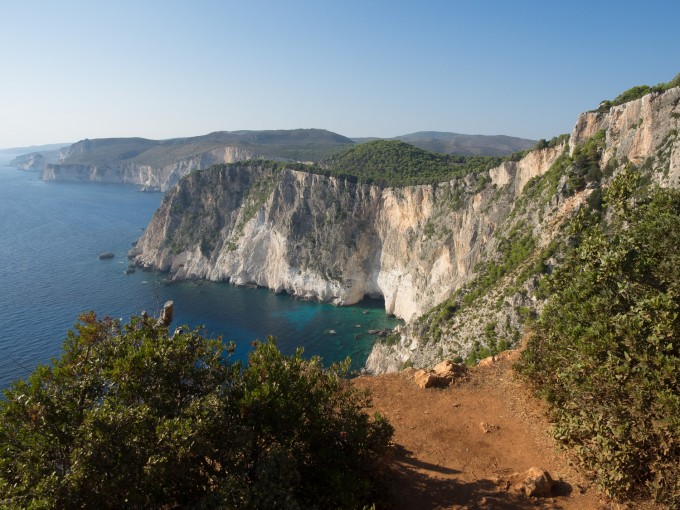
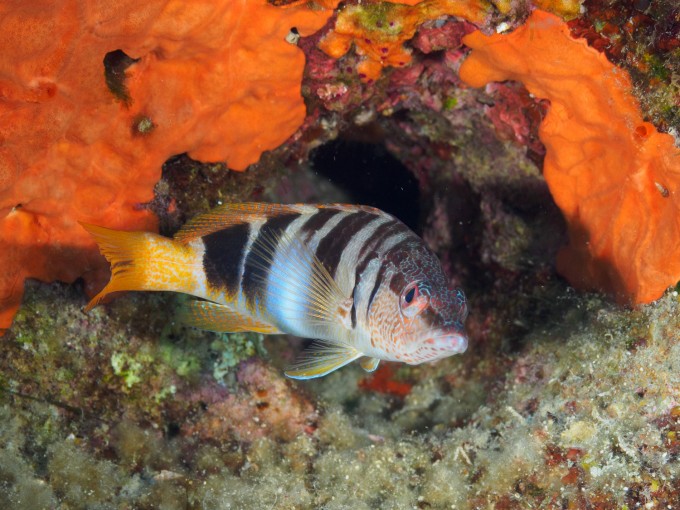
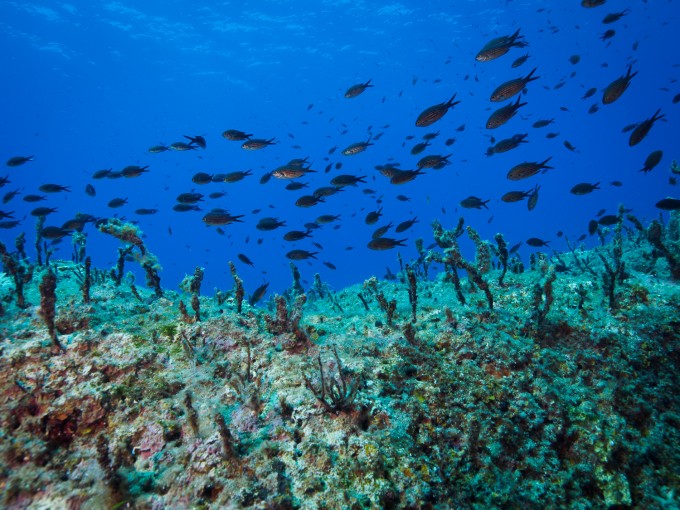
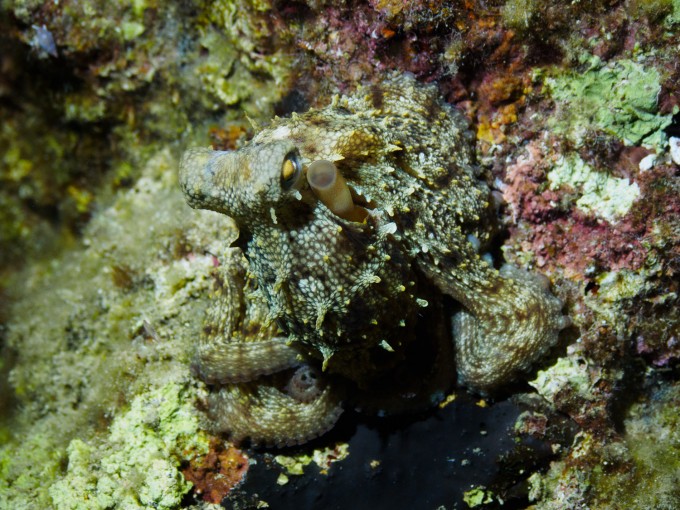
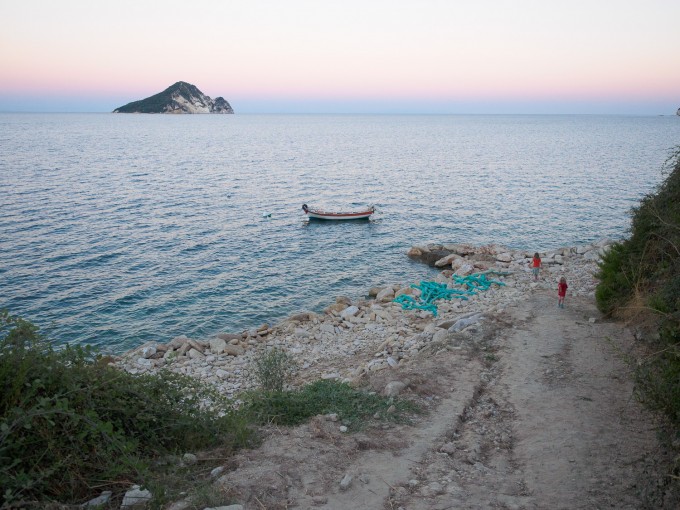
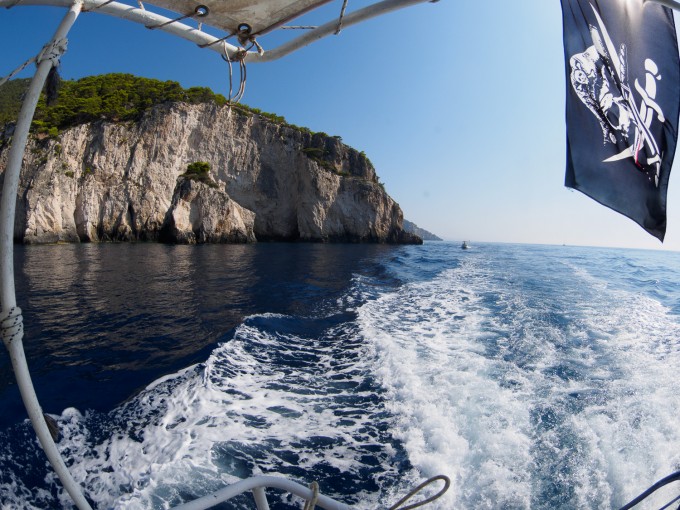
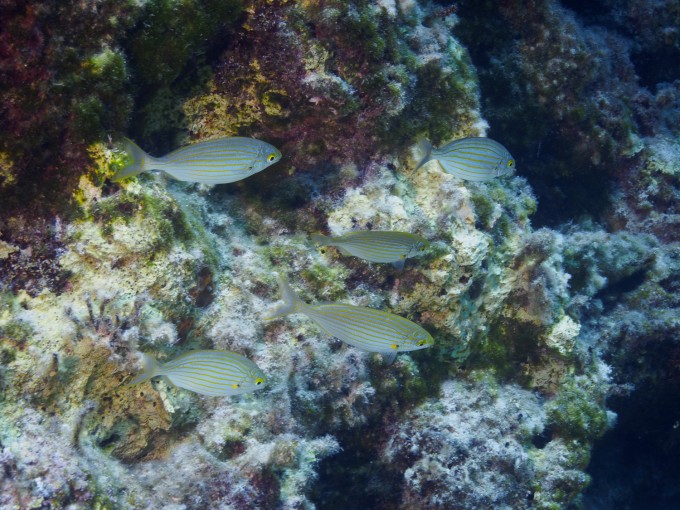
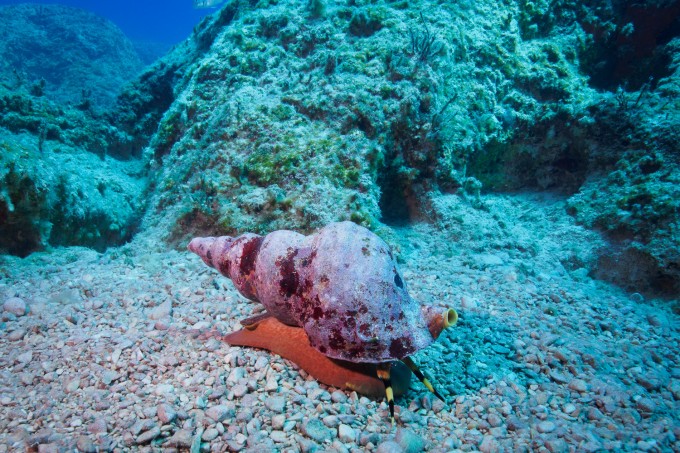
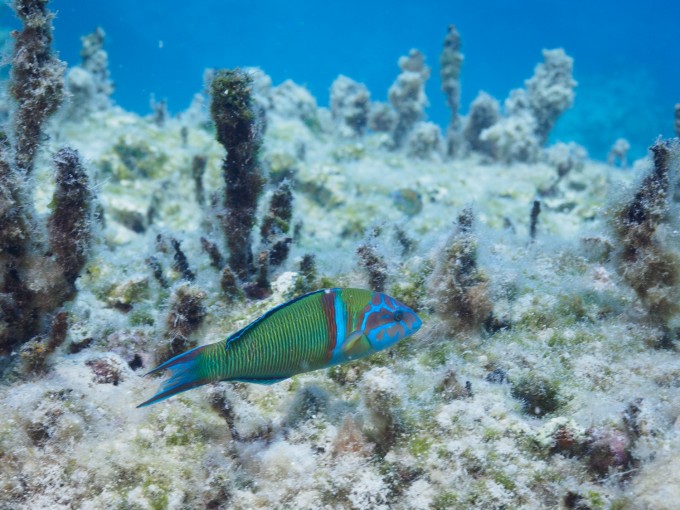
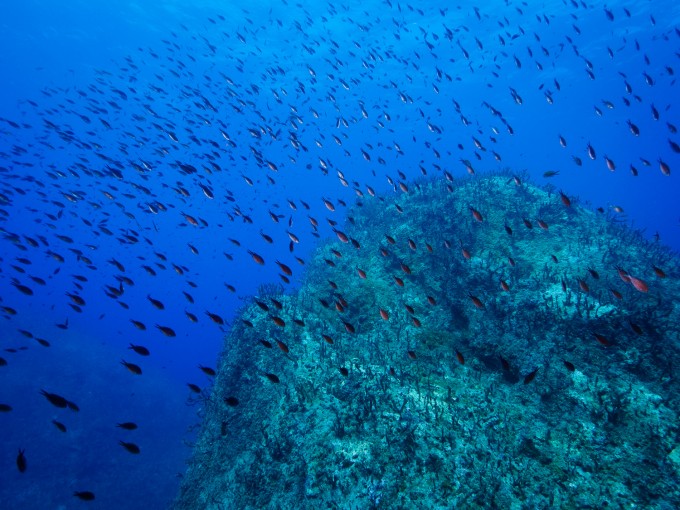
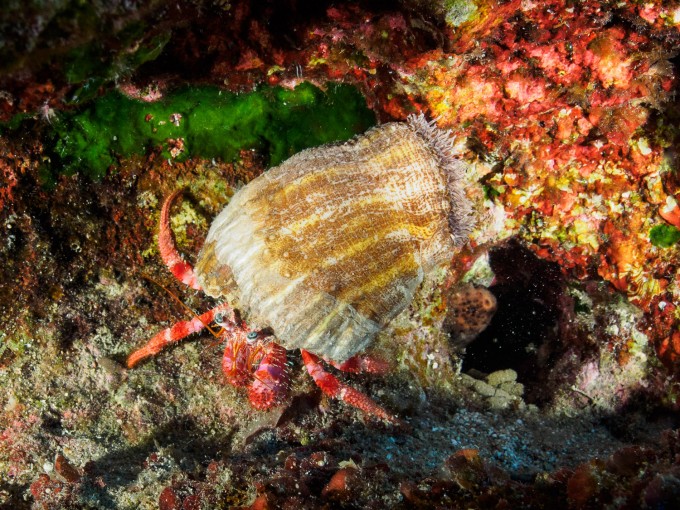
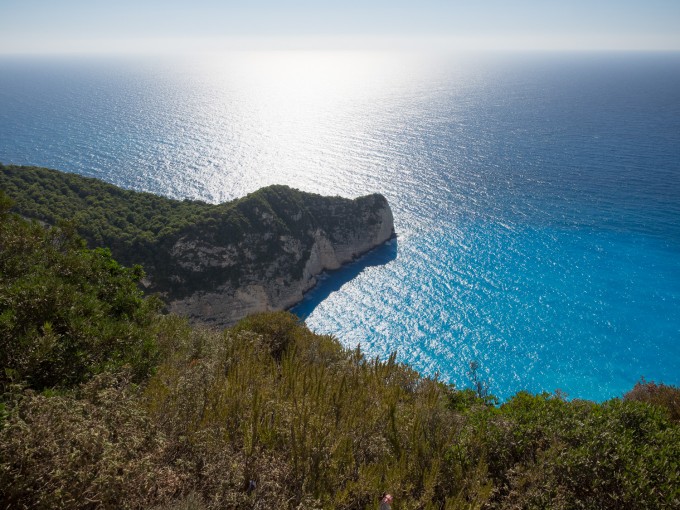
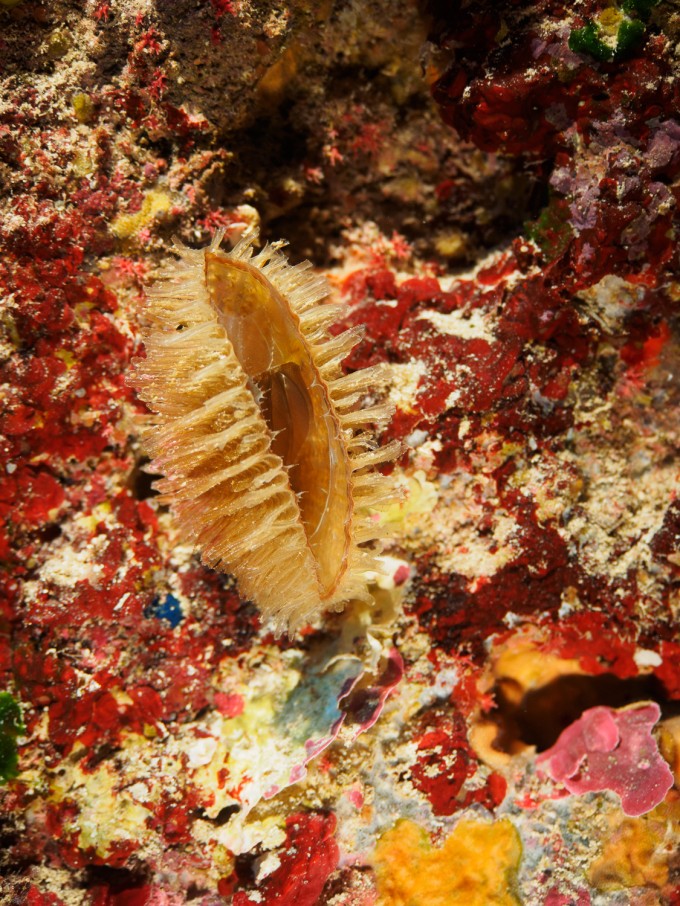
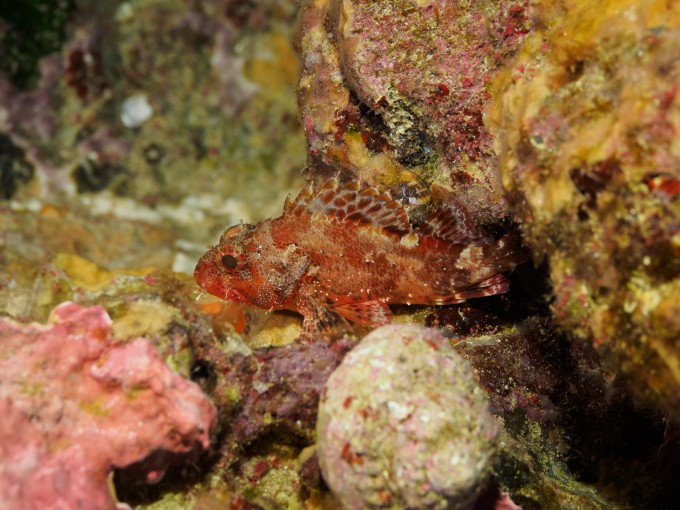
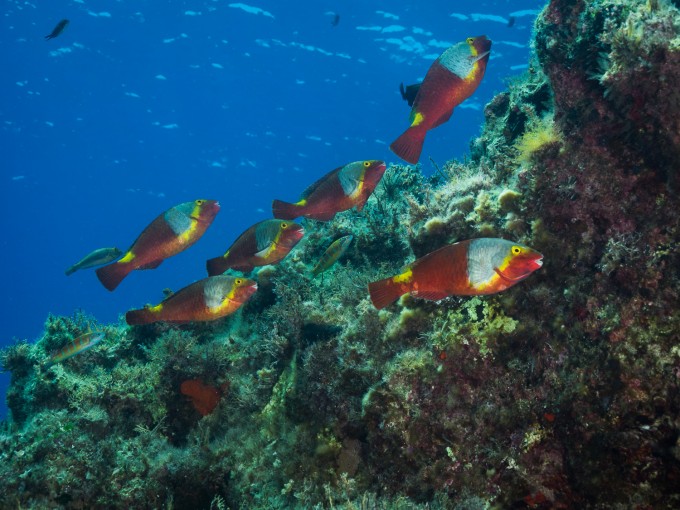
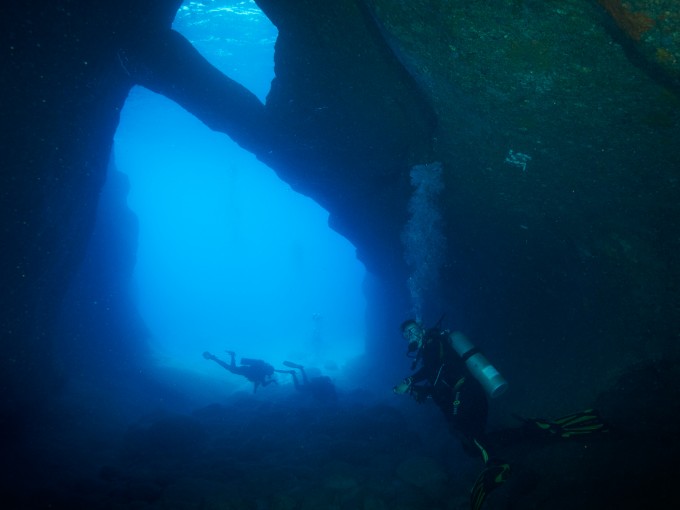
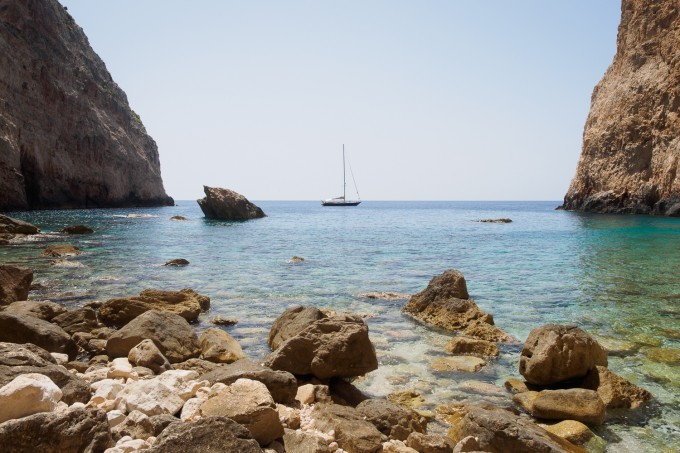


Hoped you enjoyed your time in Greece
Oh yes, great country and lovely people.
Great photos!
I too have just returned to underwater photography after being ashore for a few years (decades, actually).
I had started with a Calyposphot, then progressed to Nikonos, which was based on the Calypsophot, and finally to Hasselblad using the u/w case made by Hasselblad (you can see it on the moon in the film 2001).
Last year I researched the underwater camera market and chose the Nikon AW1, which needs no u/w housing, has great lenses, is very easy to use, focusses super fast, and produces excellent image quality in stills and HD video (with excellent underwater sound).
I have used AW1 video clips in a 15 minute film of diving in Elba. The Nikon AW1 stands up well with the stills and videos shot on my Leica M. I’m very pleased with the Nikon AW1. You can see it on my Vimeo.com/goff website.
Goff
Hi Goff,
I wish Nikon was working to extend the AW1 system. I also tried an AW1 but I wasnt lucky. On the first weekend checking it out during snorchling I got humidity into the body. This and the max depth limit of I think 15 or 20 meters made me to not trust the AW1 for diving. I loved the Nikonos and I think a digital Nikonos with AF would be great but I am not sure if the AW1 is built tough enough. Obviously your experience with the AW1 is much better than my experience.
I also think Nikon needs to offer a wider lens for the system.
I very much enjoyed this article. Thanks for letting us into your world.
It’s a beautiful feeling to be in water. I stay away from beaches though as I don’t like the crowds there. Anyway, I loved #1 and #12. In fact, #14 (cliffs and horizon) is nice too, but more for the serene mood I get from it rather than outright pictorial quality (which is still nice, BTW).
I do have a question… I took note of a few underwater shots in a recent issue of National Geographic. One was printed as a full, single page. I noticed the very obvious smearing of the image in the corners. This would not have happened with a Nikonos. However, it seems to depend on what housing you are using – is that correct? I don’t see any edge softness in your photos. So why did the NG photograph have poor IQ but yours don’t?
I do have a Nikonos V but I have never used it. I know, what a waste! But I have some equipment which I keep “just in case” I’m asked to do a certain task. As if I’d know what I was doing – I don’t have any idea how to dive. 😉
So these housings – do they need to have their O-rings greased?
I’d say that you chose your equipment very well – those Micro 4/3 cameras are quite the thing. It must be so much easier using the LCD to compose than using the Nikonos’ offset viewfinder. No more guessing focus, either. I guess film doesn’t make much sense underwater, alas.
As I understand with a housing one does take an image of the image as projected on the front glass of the dome. Due to the curvature of the dome and the short distance lens to Dome this can lead to soft corners.
The result depends on the lens and on the dome and the f-stop. I read a lot which lens would work well behind which dome before I choose. I also use glass domes which have less risk of reflections than acrylic domes.
Regarding the O-Rings – yes, they have to be greased just like you would have to grease the O-rings of your Nikonos.
By the way there exist also a housing (I think for the A7) where you can adapt Nikonos lenses. I did however want benefit from AF.
Regarding your last comment – indeed I did find that the AF, the EVF an/or display for framing and the posibility to change ISO underwater to make it easier to get the shot compared to the Nikonos.
I still think Nikonos were/are great cameras.
great photos Tom. I enjoyed your post very much.
Thank you guys. It is indeed a very nice Island.
Really nice 🙂
Great pictures!!!
Wonderful.